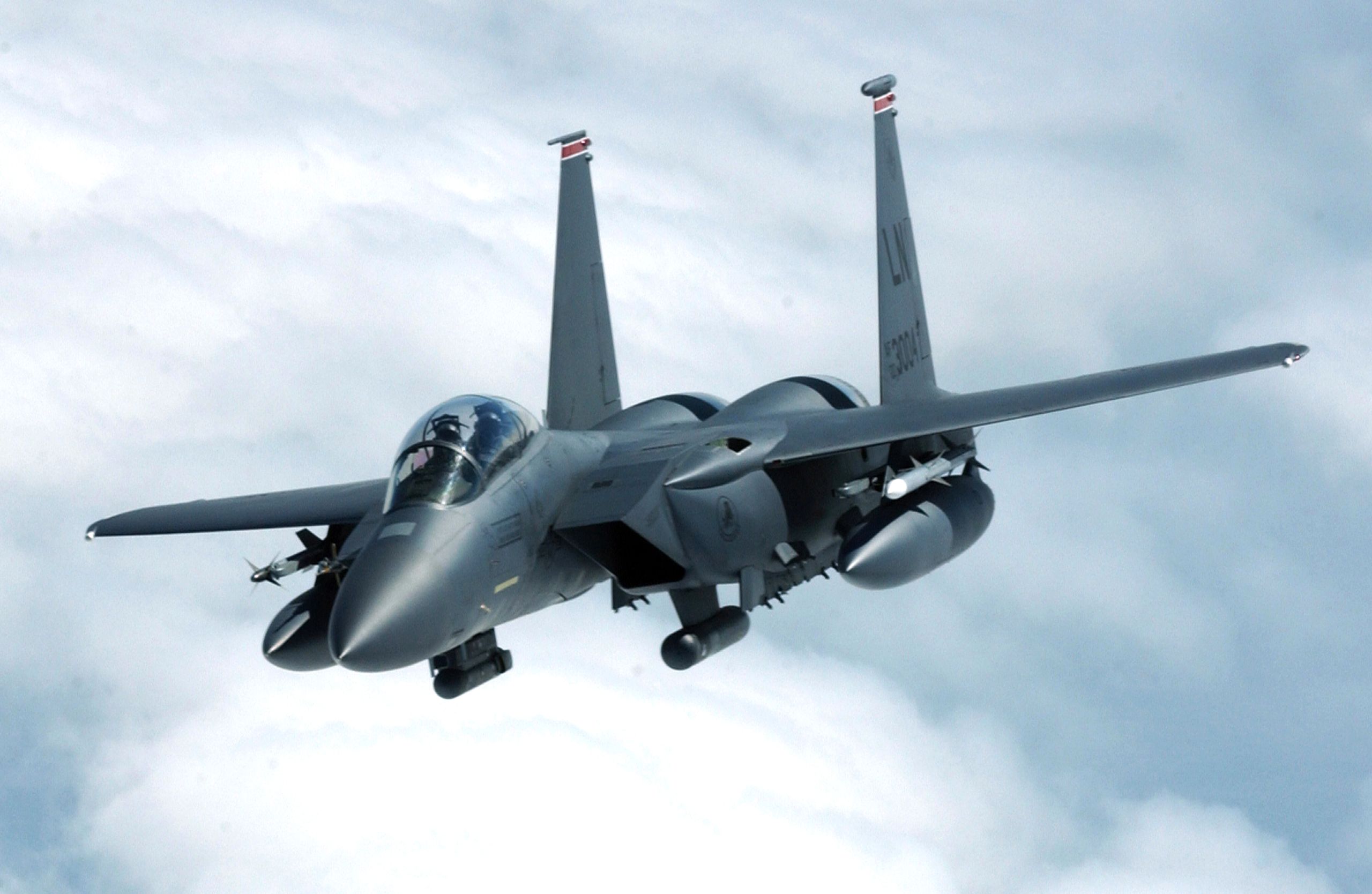This article is included in these additional categories: Boeing | Events | Fighters & Attack | Force Structure | Industry & Trends | Spotlight articles | USA
Aging Aircraft: USAF F-15 Fleet Sees Renewed Interest

April 15/24: The US Air Force has completed its Initial Operational Test & Evaluation of the Eagle Passive Active Warning Survivability System (EPAWSS). The system upgrades the electronic warfare capabilities of the F-15E Strike Eagle and F-15EX Eagle II aircraft, including radar warning, geolocation, situational awareness, and self-protection. “EPAWSS is a leap in technology, improving the lethality and combat capabilities of the F-15E and F-15EX in contested, degraded environments against advanced threats,” Maj Bryant “Jager” Baum said.
For more on this and other stories, please consider purchasing a membership.
If you are already a subscriber, login to your account.
If you are already a subscriber, login to your account.
F-15C over DC (click to view full) “Array of Aging American Aircraft Attracting Attention” discusses the issues that accompany an air force whose fighters have an average age of over 23.5 years – vs. an average of 8.5 years in 1967. One of the most obvious consequences is the potential for fleet groundings due to […]

One Source: Hundreds of programs; Thousands of links, photos, and analyses
DII brings a complete collection of articles with original reporting and research, and expert analyses of events to your desktop – no need for multiple modules, or complex subscriptions. All supporting documents, links, & appendices accompany each article.
Benefits
- Save time
- Eliminate your blind spots
- Get the big picture, quickly
- Keep up with the important facts
- Stay on top of your projects or your competitors
Features
- Coverage of procurement and doctrine issues
- Timeline of past and future program events
- Comprehensive links to other useful resources
Monthly
$59.95/Per Month
- Charged Monthly
- 1 User
Quarterly
$50/Per Month
- $150 Charged Each Quarter
- 1 User
Yearly
$45/Per Month
- $540 charged each year
- 1 User
2 years
$35/Per Month
- $840 Charged every other year
- 1 User
